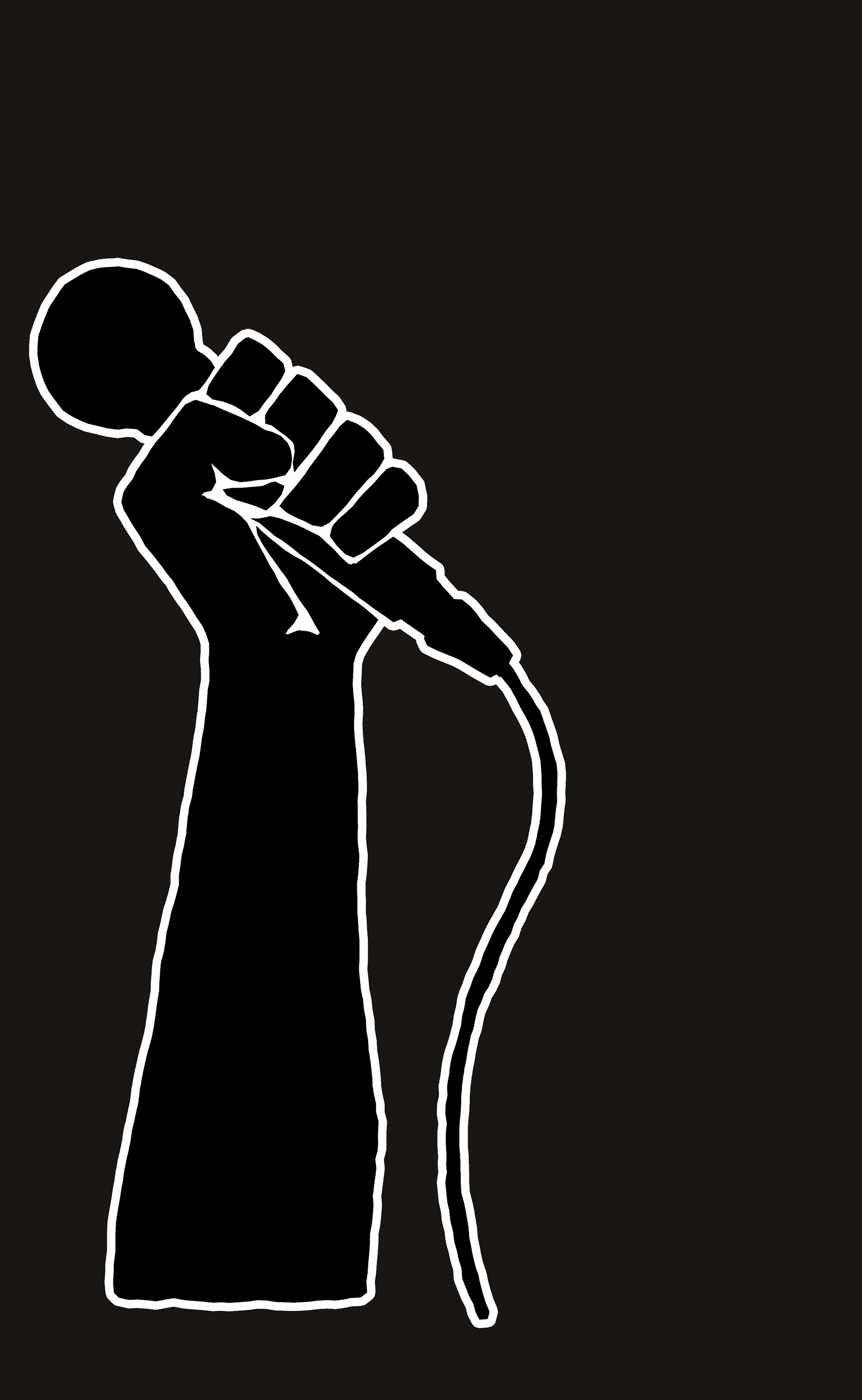I imagine many of you have utilized extra shelter-in-place hours to work on DIY projects in the studio or home. I certainly have, and despite all the hours I've dedicated to these tasks, my fixit list continues to grow! I've mentioned worklights in this column several times. As far back as 2011, I discussed how my Husky 3 Watt LED headlamp [Tape Op #85] provided just enough light — without glare — to tweak and finesse things at close range. I retired the Husky a couple of years ago, and now I've got a collection of Soft Digits headlamps that fulfill the same role, as well as several other roles. Like so many products on Amazon, this same model is available under various brand-names. I purchased mine from a listing with a typically endless title that starts, "Soft Digits 1000 Lumens USB Rechargeable Headlight, 8 Modes Work Light..." amzn.to/31GkB42 ($19.39 for a 2-pack). The best feature of this headlamp is its soft-light mode, which utilizes 16 micro LEDs embedded in translucent diffusor panels. This design minimizes hard shadows and harsh reflections, so I can comfortably see what I'm working on, with very good depth perception and peripheral vision to boot. As a bonus, it also provides beautiful, natural-colored lighting for photos. Seriously, I've taken amazing night photos using this headlamp and my Google Pixel 4 phone! But more importantly, peering into gear to remove or solder down a tiny component is so much easier when I'm wearing this headlamp. The other great feature is a motion sensor. If both of my hands are holding tools or are covered in grease (or fish slime from my night-fishing missions), I can just move my hand or elbow in front of my face to turn on/off the light. (Out of the box, the sensor is too sensitive for me, so I cover the emitter/sensor pair with small pieces of white artist tape to achieve the perfect sensitivity.) In addition to the diffusor-mounted micro LEDs, the headlamp has a single projector-lamp LED that casts a beam strong enough that it's my primary light for navigating my boat in unfamiliar waters. The built-in Li-ion battery recharges via standard Micro USB, and there's a 4-segment battery-level meter on the side. So far, the headlamp has proven to be rain and splash–proof. I have eight of these distributed across various toolboxes and cabinets. Another essential item in my toolbox is the 3M WorkTunes Bluetooth hearing protector 3m.com. It looks like 3M's standard, heavy-duty circumaural model, except it functions as a Bluetooth headphone too. With 24dB (NRR) of passive noise reduction, and 40mm drivers inside, it sounds way better than its $43 Amazon price implies. Frequency response is very neutral. There's a midrange dip at 1kHz, but it's not objectionable, and I can clearly hear fundamentals down to 30Hz and up to 14kHz while listening to tone sweeps. A 3.5mm jack allows for wired use too. When I'm using loud power tools, like an impact driver or angle grinder, I don this hearing protector — whether or not I want to listen to music. I've also worn it on long flights when I've wanted to concentrate while working on my laptop, thinking that nothing says "please don't bother me" better than an industrial hearing protector over my ears. Unfortunately, people invariably ask me questions about the WorkTunes when they realize I'm nodding my head to music. Its battery lasts for days (before a voice-prompt warns you of low battery), but its maximum volume is nowhere near the level that headphones from lifestyle brands are capable of. Personally, I think the WorkTunes protector is loud enough; I'm trying to protect my hearing, not destroy it!

